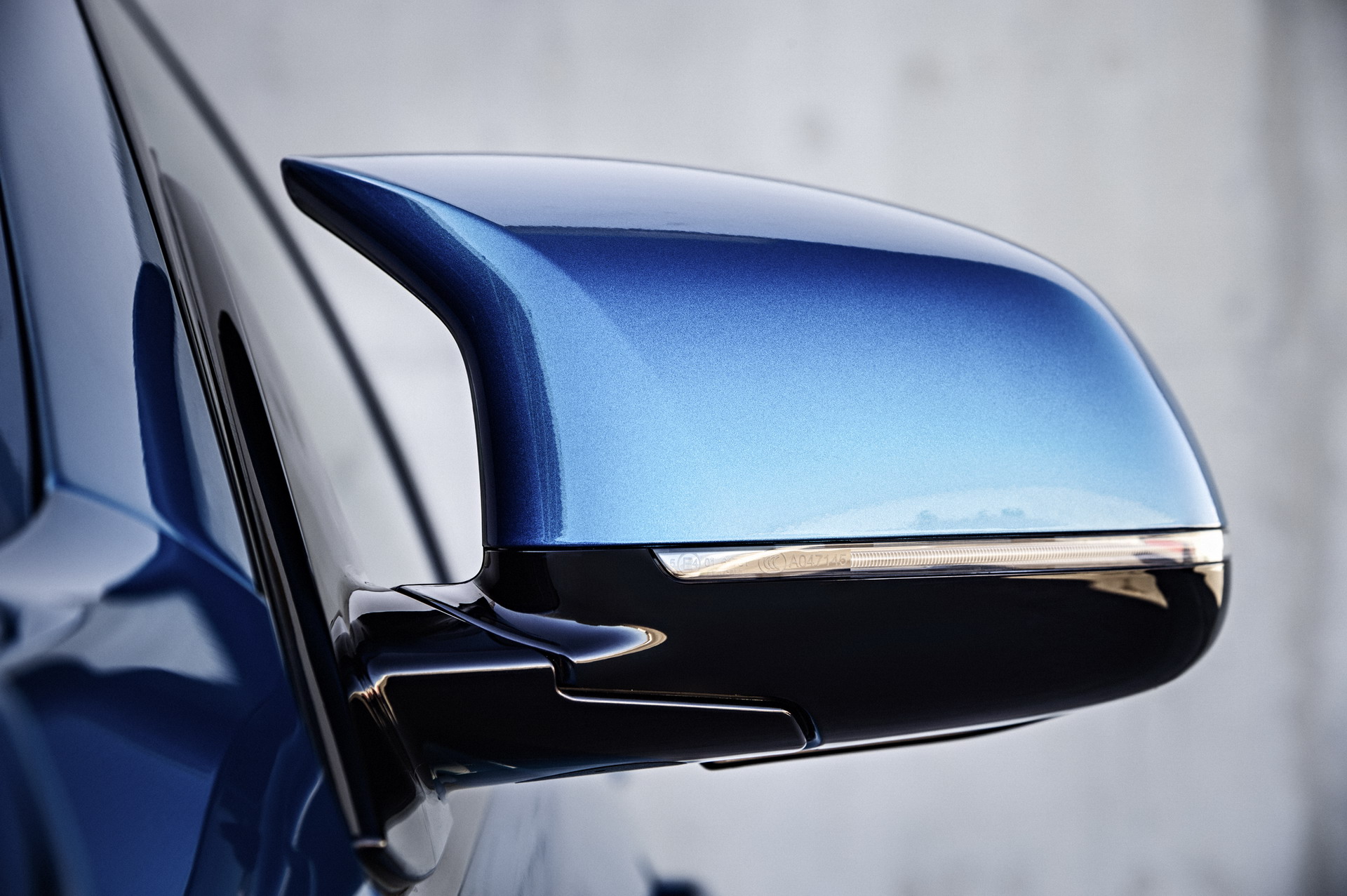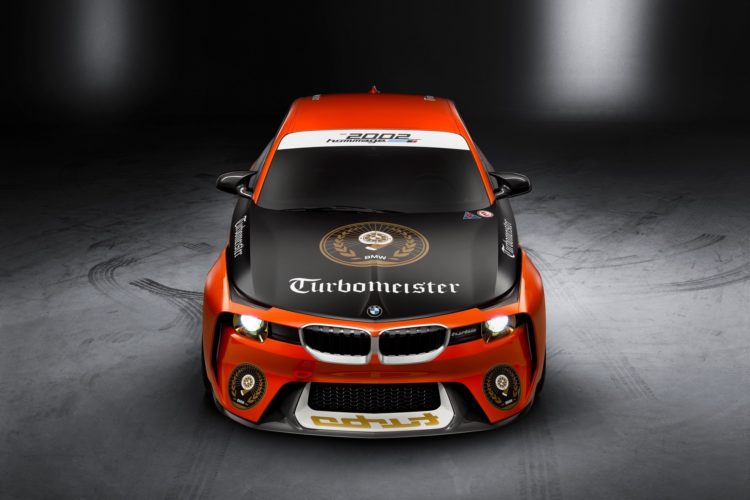BMW is all about customization, and recent patent filings from the German Patent and Trademark Office point to their continued focus. In a patent published on August 8th, 2024, BMW has patented an invention to allow drivers configurable exterior mirrors. The patent’s description starts by essentially describing an exterior mirror as we know it today. Lights inside the mirror allow an integrated turn signal element to illuminate as needed. It goes on to explain that “the disadvantage is that there is no individualization [of the] light signature emitted by the lamp.” We’re not sure how high that ranks on the scale of automotive first world problems, but it can’t be far off from “this car’s Wi-Fi is too slow” and “these heated seats are too warm.”
While hardly saving the world, BMW’s latest invention strives to add another level of customizability to their vehicles. The patent means to “overcome” this challenge by using “a number of outer skin sections that have different designs and can be replaced alternately by a user in the exterior mirror housing”. It goes on to say that “corresponding designs could be characters, logos, images, or the like.” We imagine that using iDrive, you’d be able to select a pre-loaded (perhaps customized?) image to display in that area as you’re cruising along, distracting other drivers and fulfilling a lot of BMW driver stereotypes. It also sounds like these housings would be essentially clipped-on to existing ones, suggestion it’s something slated for the BMW Parts and Accessories catalog.
Real World Applications, or Not
While we’re struggling to think of a truly practical use for this new technology, BMW has already debuted lots of attention-grabbing and customization-focused tech in the last year or two. From color-changing paint to this latest invention, BMW certainly prioritizes users having the power of choice. The good thing is that this doesn’t seem to take away any functionality – i.e., the light should still operate as a regular turn signal when needed or if desired.
Using the configurable nature of the light could be useful for PHEV or EV drivers, too. It would be another way the car could indicate charge status. It will be interesting to see how BMW introduces the tech, if it ever makes its way to the production floor. As is often the case with complex tech with a tough value proposition, sometimes it never sees the light of day.
[Source: German Patent and Trademark Office via CarBuzz]





































































